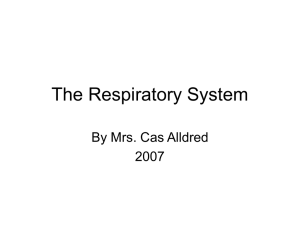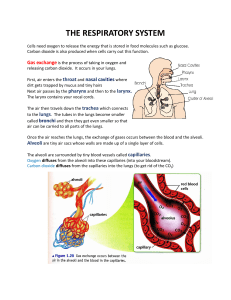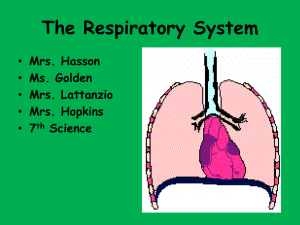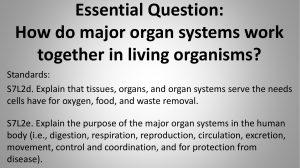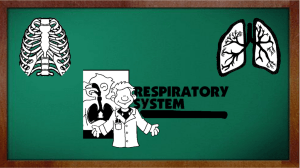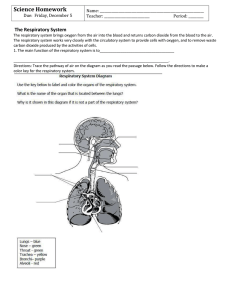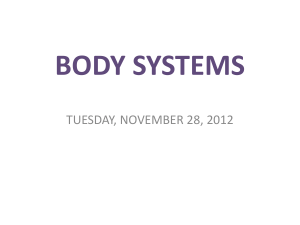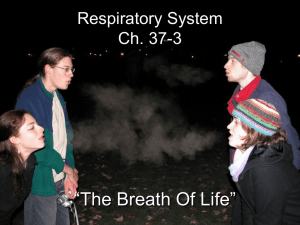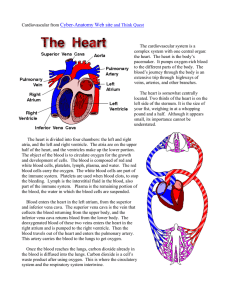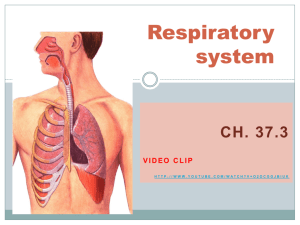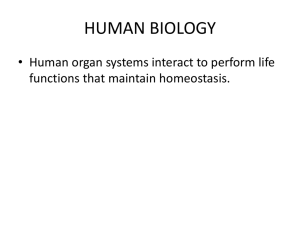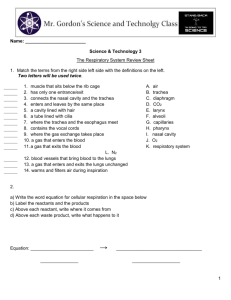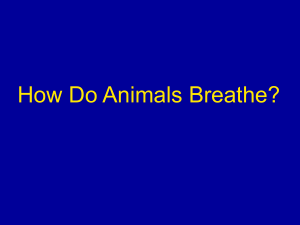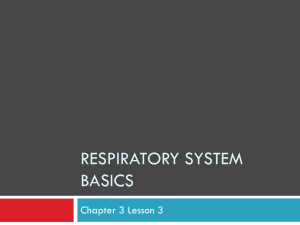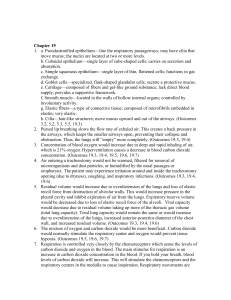The Respiratory System Fun Facts
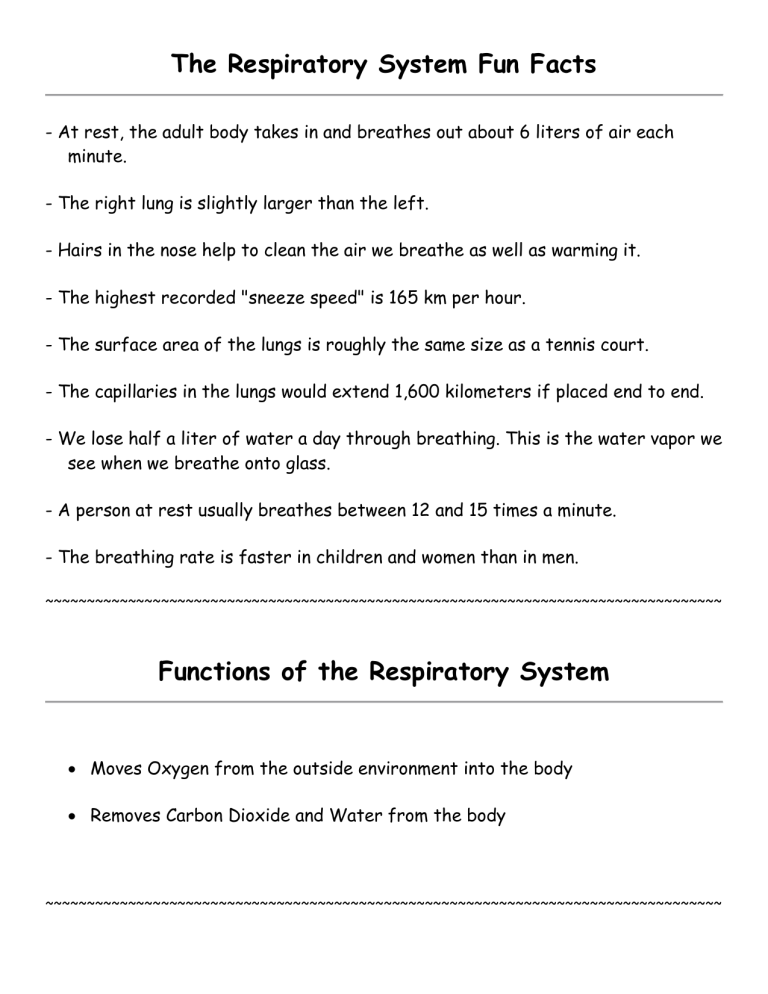
The Respiratory System Fun Facts
- At rest, the adult body takes in and breathes out about 6 liters of air each minute.
- The right lung is slightly larger than the left.
- Hairs in the nose help to clean the air we breathe as well as warming it.
- The highest recorded "sneeze speed" is 165 km per hour.
- The surface area of the lungs is roughly the same size as a tennis court.
- The capillaries in the lungs would extend 1,600 kilometers if placed end to end.
- We lose half a liter of water a day through breathing. This is the water vapor we see when we breathe onto glass.
- A person at rest usually breathes between 12 and 15 times a minute.
- The breathing rate is faster in children and women than in men.
~~~~~~~~~~~~~~~~~~~~~~~~~~~~~~~~~~~~~~~~~~~~~~~~~~~~~~~~~~~~~~~~~~~~~~~~~~~~~~~~~~
Functions of the Respiratory System
Moves Oxygen from the outside environment into the body
Removes Carbon Dioxide and Water from the body
~~~~~~~~~~~~~~~~~~~~~~~~~~~~~~~~~~~~~~~~~~~~~~~~~~~~~~~~~~~~~~~~~~~~~~~~~~~~~~~~~~
Movement of Air
Nose -> Pharynx -> Epiglottis -> Larynx -> Trachea ->
Bronchial Tube -> Alveoli -> Lungs
~~~~~~~~~~~~~~~~~~~~~~~~~~~~~~~~~~~~~~~~~~~~~~~~~~~~~~~~~~~~~~~~~~~~~~~~~~~~~~~~~~
Gas Exchange Process
Gas Exchange – delivery of oxygen from the lungs to the bloodstream and the elimination of carbon dioxide from the bloodstream to the lungs
Capillaries in the alveoli diffuse carbon dioxide and oxygen. Carbon dioxide is removed from the red blood cells and oxygen is removed from the lungs.
Oxygen is gained during inhalation. Carbon Dioxide is removed during exhalation.
~~~~~~~~~~~~~~~~~~~~~~~~~~~~~~~~~~~~~~~~~~~~~~~~~~~~~~~~~~~~~~~~~~~~~~~~~~~~~~~~~~
Diseases / Disorders of Respiratory System
Use your matching to get five of the seven diseases/disorders and their definitions.
~~~~~~~~~~~~~~~~~~~~~~~~~~~~~~~~~~~~~~~~~~~~~~~~~~~~~~~~~~~~~~~~~~~~~~~~~~~~~~~~~~
Diagram
Use your book to help label the structures of the respiratory system. Next to the labels, provide a brief description of each structure.

